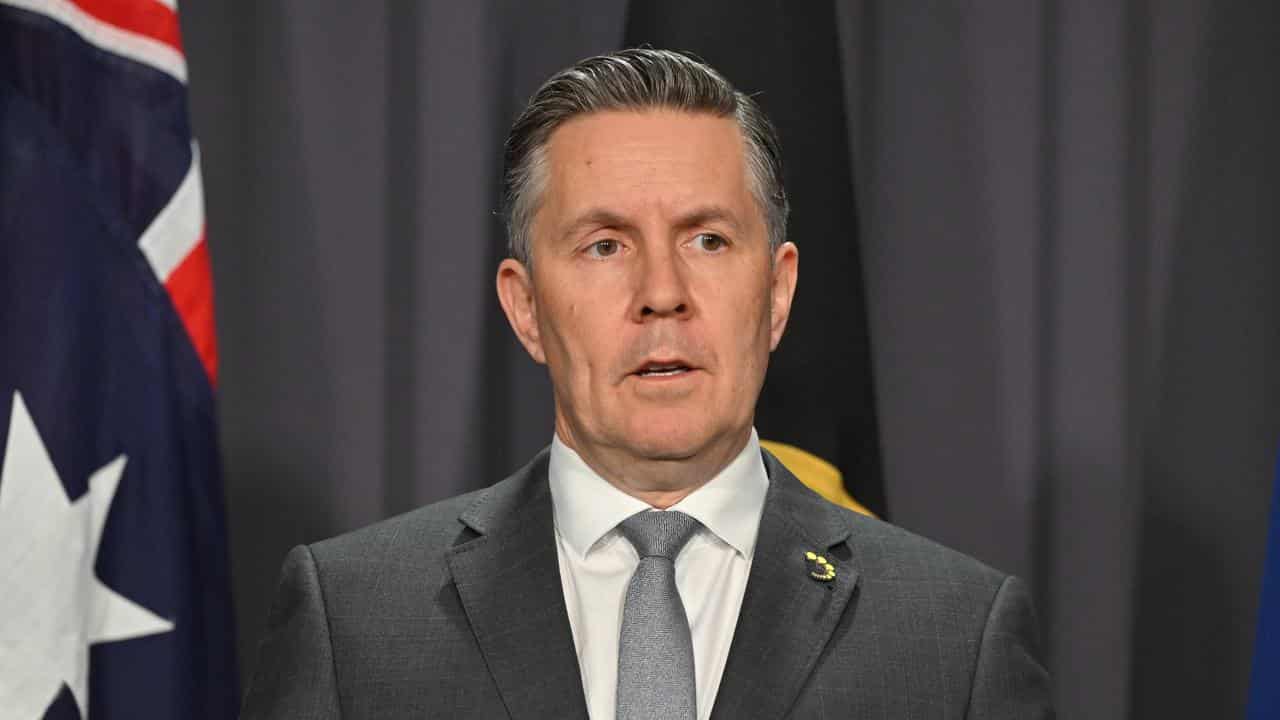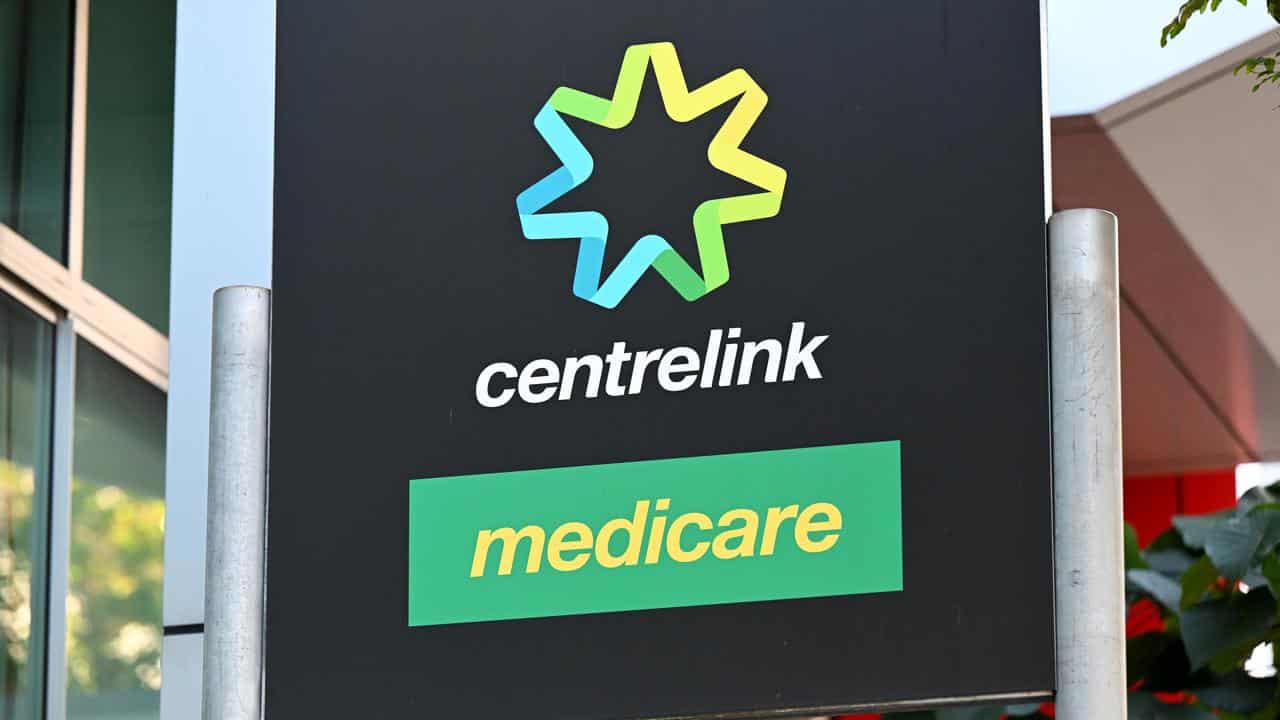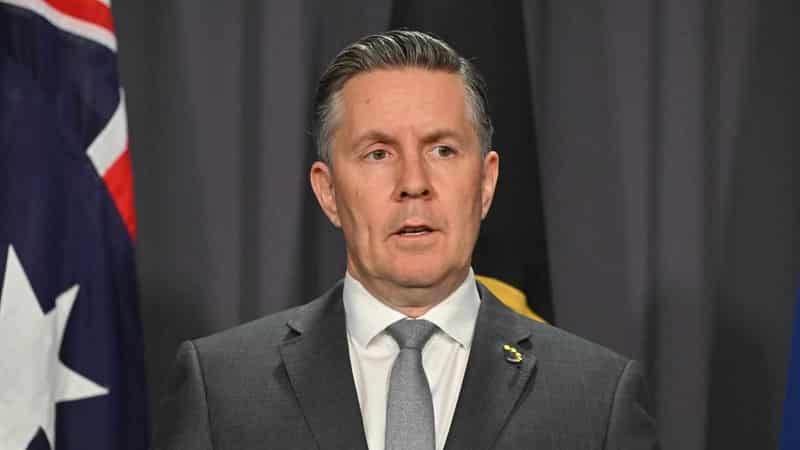
What was claimed
Bulk billing rates were in “free fall” under the coalition government.
Our verdict
Misleading. Bulk billing rates were going down before the 2022 election but fell more rapidly after Labor took government.
AAP FACTCHECK - Federal health minister Mark Butler claims bulk billing rates for doctor visits were in “free fall” when Labor came to government in May 2022.
This is misleading. The proportion of general practitioner (GP) visits that were bulk billed increased throughout the coalition's nearly nine-year reign, rising from 83 per cent in December 2013 to around 87 per cent at the time of the 2022 election.
Bulk billing rates were falling prior to the 2022 election but dropped more rapidly after Labor took government.
Experts say there are multiple and complex reasons why bulk billing rates have decreased since 2021, and the decline was likely to happen regardless of which party was in power.
Mr Butler’s claim appeared in a media release on April 29 that said the GP bulk billing rate rose after Labor increased incentives in November 2023.
The media release claimed bulk billing “had been in freefall after a decade of cuts and neglect to Medicare by the former government”.
Mr Butler repeated the claim at least three times in the media, including in a television interview for ABC News Breakfast, on ABC Radio, and on Sky News, all on April 29.
Bulk billing is when a patient pays nothing for a medical service. Instead, the practitioner accepts the government’s Medicare rebate as full payment.

Mr Butler’s office confirmed to AAP FactCheck that the figures in the April 29 media release referred to the proportion of GP visits that did not involve any patient payments.
This is a bulk billing measure known as ‘GP non-referred attendances’.
When asked for the basis of the claim that bulk billing was in “free fall” under the coalition, a spokeswoman for Mr Butler pointed AAP FactCheck to a different measure of bulk billing that was not mentioned in the media release.
She said the proportion of adult concession card holders who were always bulk billed for GP visits dropped by five percentage points in the four years prior to June 2022.
The spokeswoman added that Mr Butler had pledged to be more transparent about bulk billing data.
However, when asked what proportion of adult concession card holders were always bulk billed for GP visits since the election, to allow comparison between the coalition and Labor governments, Mr Butler’s office declined to provide further figures.
The bulk billing data cited in Mr Butler’s media release is published on the Department of Health and Aged Care website each quarter.
That data shows a net increase in GP ‘non-referred attendances’ bulk billing rates during the 2013-2022 coalition government.
It went from 83.1 per cent in the December quarter of 2013, the first full quarter after the 2013 election, to 87 per cent in the June quarter of 2022, the last quarter during which the coalition was in power.
This measure of bulk billing peaked during the COVID-19 pandemic due to a spike in telehealth appointments, hitting a record high of 92.5 per cent in the June quarter of 2020.
It then tailed off from mid-2021 and was on a downward trajectory at the time of the May 2022 election.
However, the pace of the fall quickened significantly post-election, dropping from about 87 per cent at the end of the coalition’s reign to 76.5 per cent by the end of 2023.
Even with the two percentage point rise in bulk billing promoted in Mr Butler’s April 29 media release, the proportion of GP visits bulk billed in the first quarter of 2024 was still around 10 percentage points lower than it was at the time of the 2022 election.
Professor Stephen Duckett, a health policy academic and former secretary of the federal health department, told AAP FactCheck he considers GP ‘non-referred attendances’ bulk billing rates to be the best measure of bulk billing.
He said he would not describe bulk billing as being in “free fall” under the coalition but it was “certainly declining” prior to the election.
“It was fairly stable up to the election, but it started to decline. And then it declined more precipitously after the election,” Prof Duckett said.
He said a decline was inevitable without changes to the financial incentives for GPs.
Professor Francesco Paolucci, a health economist at Newcastle University, told AAP FactCheck the fall in bulk billing rates was due to longstanding structural issues, including a long-term shortage of GPs and market distortions caused by the way healthcare is split between federal and state governments.
Prof Paolucci said bulk billing rates were not a good measure of the fitness of the healthcare system, and the claim that bulk billing was in free fall under the coalition was “purely political”.
“With a shock like COVID, the scarcity of doctors and the crisis in the supply side, no government would have been able to respond (to falling bulk billing rates).
“That is a very strong claim and I would ask them to prove it. And I don't think there is any way in which you can prove that,” he said.
“Everybody can claim that things could have been done differently or better but… if you have a crisis and you have the wrong systems in place, you're going to see the effects no matter what you do.”
AAP FactCheck previously found it was mostly false to claim that under the coalition, seeing a doctor was more difficult and expensive than ever before.
The Verdict
The claim that bulk billing rates were in free fall under the coalition is misleading.
The proportion of GP visits that were bulk billed increased throughout the 2013-2022 coalition government, going from around 83 per cent when it took office to around 87 per cent at the time of the 2022 election.
Bulk billing rates were falling prior to the election but dropped more rapidly after Labor took government.
Misleading – The claim is accurate in parts but information has also been presented incorrectly, out of context or omitted.
AAP FactCheck is an accredited member of the International Fact-Checking Network. To keep up with our latest fact checks, follow us on Facebook, Twitter and Instagram.









